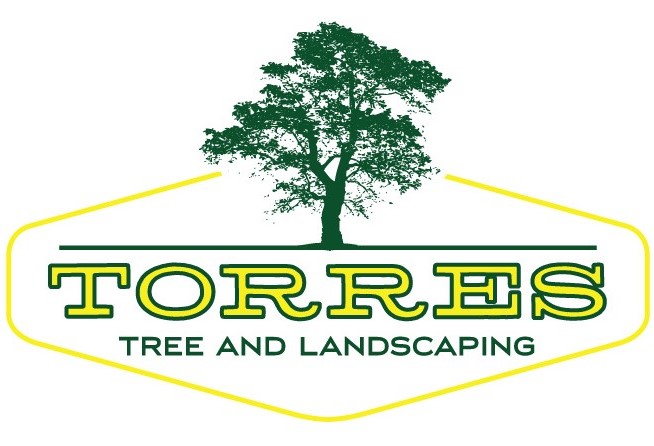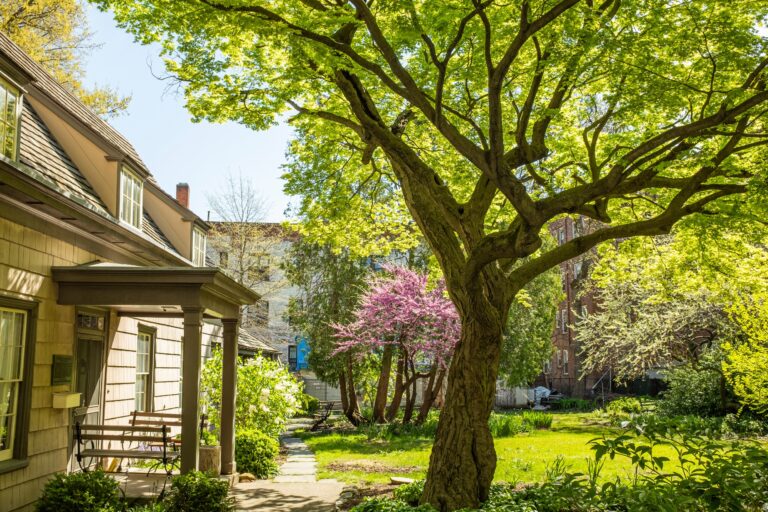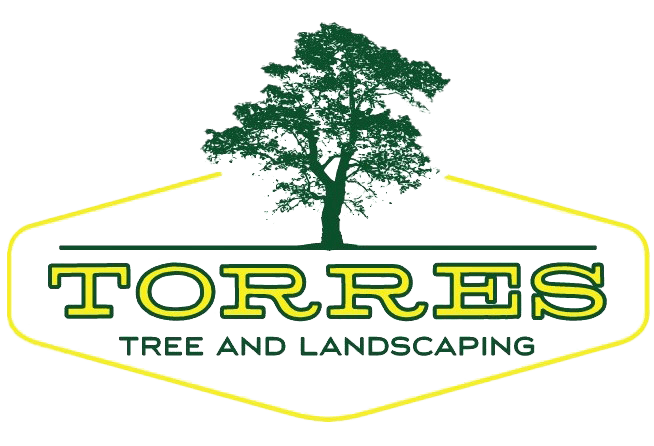When it comes to landscaping in Texas, choosing the right trees for your outdoor space is crucial. The Lone Star State’s unique climate and soil conditions make it important to select trees that can thrive in the hot summers, sporadic rainfall, and occasionally harsh weather.
In this article, we will explore some of the common trees for landscaping in Texas, taking into consideration their adaptability, aesthetic appeal, and low maintenance requirements.
Live Oak (Quercus virginiana)
The Live Oak is a beloved tree in Texas, known for its majestic and sprawling branches that provide ample shade. It is a hardy and long-lived tree that can adapt well to various soil conditions, including alkaline soils found in parts of Texas.
The Live Oak is also drought-tolerant once established, making it an excellent choice for regions with hotter and drier climates. Its evergreen foliage adds beauty to the landscape year-round, and its acorns provide a source of food for local wildlife.
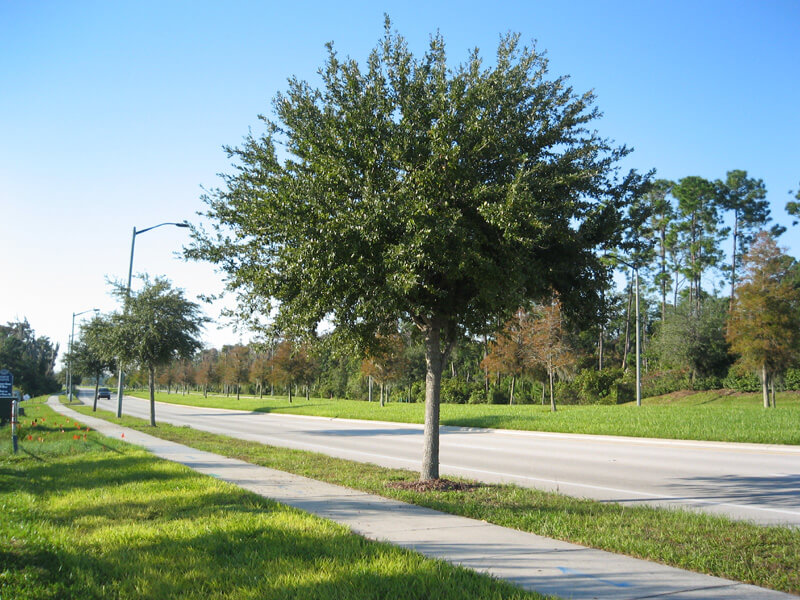
Cedar Elm (Ulmus crassifolia)
The Cedar Elm is a native Texas tree that is well-suited for landscaping. It is highly adaptable and can grow in a variety of soil types, including alkaline soils and clay. The Cedar Elm is known for its beautiful vase-shaped canopy and attractive dark green foliage that turns golden yellow in the fall.
It is relatively low-maintenance and has excellent drought tolerance. This tree is a great choice for homeowners looking for a shade tree that can thrive even in harsh weather conditions.
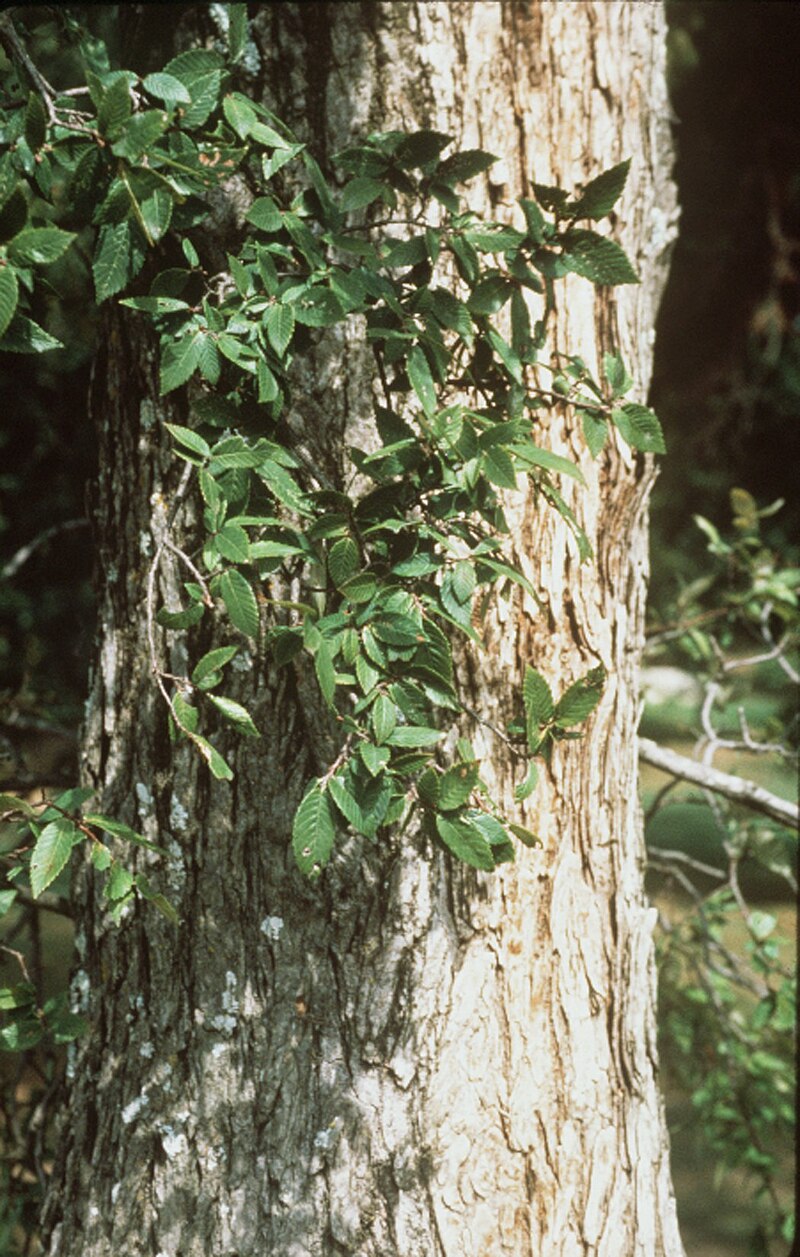
Texas Red Oak (Quercus buckleyi)
The Texas Red Oak is a deciduous tree that adds vibrant colors to the landscape during the fall season. Its leaves turn brilliant shades of red, orange, and yellow, creating a dramatic display.
This tree is well-suited for various soil types, including well-drained and alkaline soils. The Texas Red Oak is drought-tolerant and can adapt to both full sun and partial shade. It is a medium-sized tree that provides shade without overwhelming smaller yards.
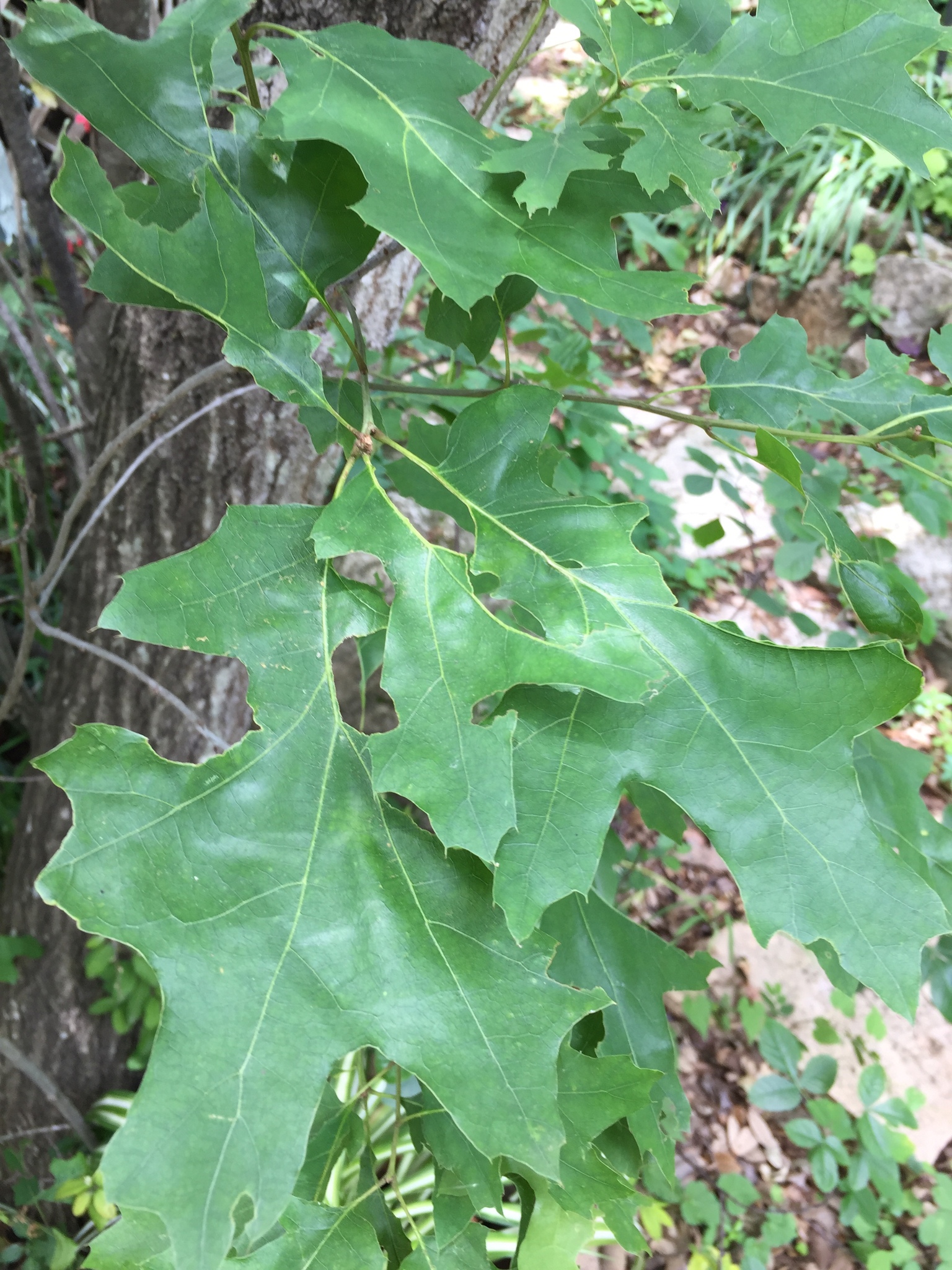
Texas Ash (Fraxinus texensis)
The Texas Ash is a popular choice for landscaping in Texas due to its adaptability and aesthetic appeal. It is a fast-growing deciduous tree that can reach towering heights.
The Texas Ash has attractive glossy, dark green leaves that turn a vibrant yellow color in the fall. This tree is known for its tolerance to heat, drought, and alkaline soils. It thrives in full sun to partial shade conditions and provides excellent shade during the hot summer months.
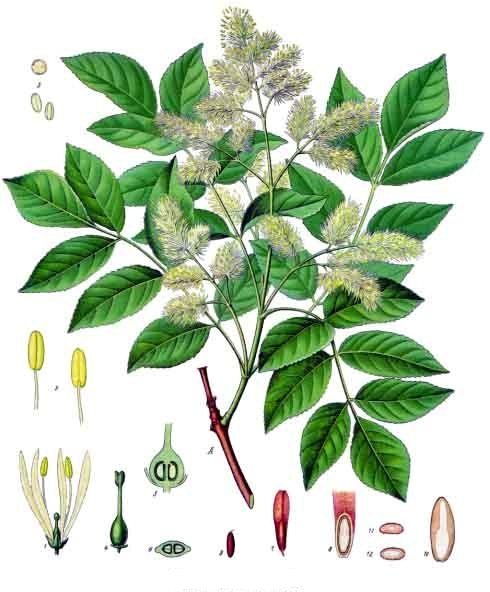
Mexican Sycamore (Platanus mexicana)
The Mexican Sycamore is a striking tree that adds beauty and visual interest to any landscape. It is known for its bold white bark that peels away to reveal the mottled inner bark.
The Mexican Sycamore has large, heart-shaped leaves that provide ample shade. This tree is adaptable to various soil types and is drought-tolerant once established. It thrives in full sun to partial shade conditions and is a great tree to plant near your house.
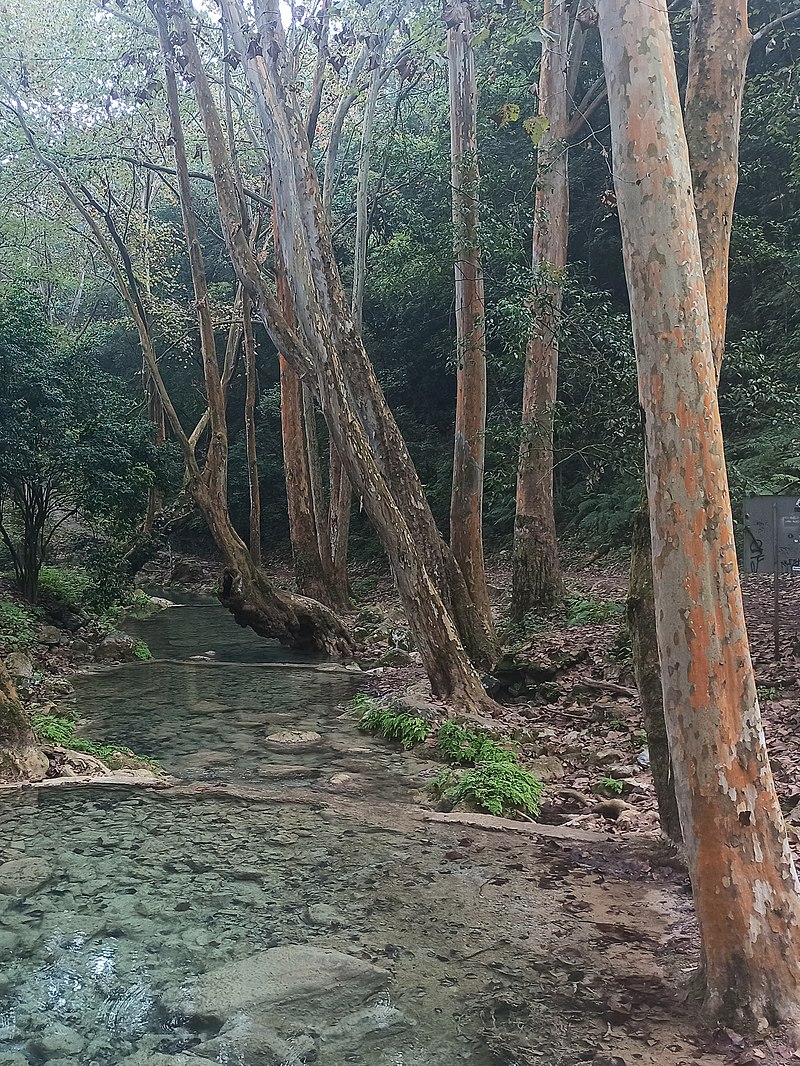
Basic Care Tips for Trees
Taking care of your trees is essential for maintaining their health, vitality, and longevity. Trees provide us with many benefits, including shade, beauty, and even cleaner air. By following some basic care tips, you can ensure that your trees thrive and continue to enhance your landscape for years to come. Here are a few essential tips to help you care for your trees:
1. Regular Watering: Proper watering is crucial for the health of your trees, especially during dry periods. Water deeply and infrequently, allowing the water to reach the root zone. The frequency of watering will depend on the type of tree, soil conditions, and weather patterns. Consider using a drip irrigation system or a soaker hose to ensure an even distribution of water.
2. Mulching: Applying a layer of mulch around the base of the tree can provide numerous benefits. Mulch helps conserve moisture, suppresses weeds, and regulates soil temperature. Be sure to spread the mulch in a ring around the tree, keeping it a few inches away from the trunk to prevent moisture buildup and potential rot issues.
3. Proper Trimming: Tree trimming is essential for maintaining the shape and structure of your trees, promoting healthy growth, and removing dead or diseased branches. Prune trees during their dormant season to minimize stress. Ensure that you use proper pruning techniques and tools to prevent damage to the tree.
4. Fertilizing: Trees generally require minimal fertilization, but it can be beneficial for their growth and overall health. Before fertilizing, consider performing a soil test to determine any nutrient deficiencies. Use slow-release fertilizers and follow recommended application rates to avoid over-fertilization, which can harm the tree’s roots.
5. Pest and Disease Management: Regularly inspect your trees for signs of pests or diseases. Early detection is crucial for effective treatment. Consider consulting with an arborist if you notice any concerning symptoms or need help with identification and treatment options. We can advise you on whether or not tree removal services are necessary.
6. Protection from Mechanical Damage: Take measures to protect your trees from mechanical damage, such as lawnmower or weed trimmer hits, construction activities, or harsh weather conditions. Avoid hitting the tree trunk with equipment, and ensure that your trees have adequate clearance from buildings and other structures.
7. Professional Tree Care: For more intricate tree care needs, it is advisable to seek help from Torres Tree Services. Arborists have the expertise and knowledge to diagnose and treat tree issues accurately. They will provide specialized services, such as tree pruning, assessment of tree health, and guidance on proper tree planting.
By following these basic care tips, you can provide the necessary care and attention to your trees, ensuring their vitality and contributing to the beauty of your landscape. Remember, each tree has its unique requirements, so understanding the specific needs of your trees is essential for their health and well-being.
Consider consulting with tree care professionals for personalized advice and guidance on specific care techniques for the trees in your yard. With a little effort and care, your trees will flourish and continue to bring joy and benefits for years to come.
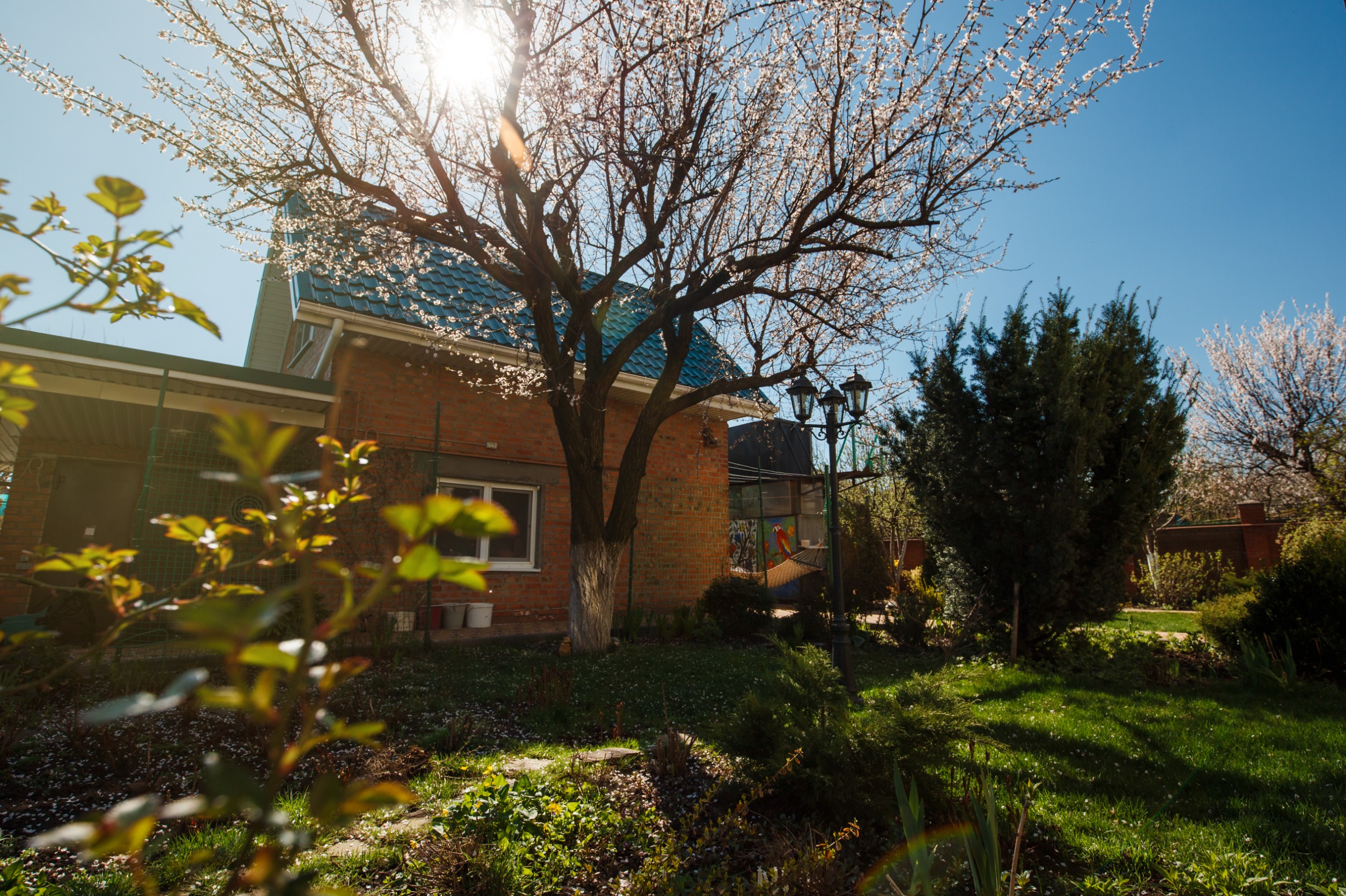
Final Thoughts
When selecting trees for landscaping in Texas, it’s essential to choose varieties that can withstand the state’s challenging climate and soil conditions. The Live Oak, Cedar Elm, Texas Red Oak, Texas Ash, and Mexican Sycamore are all excellent choices for homeowners in Texas.
These trees offer aesthetic appeal, adaptability to local conditions, and relatively low maintenance requirements. Remember to consider factors like mature size, water needs, and sun exposure when deciding which trees will suit your landscape best.
Don’t hesitate to consult with us for personalized recommendations based on your specific location and needs. With the right trees, your Texas landscape will thrive and provide years of enjoyment for you and your family.
